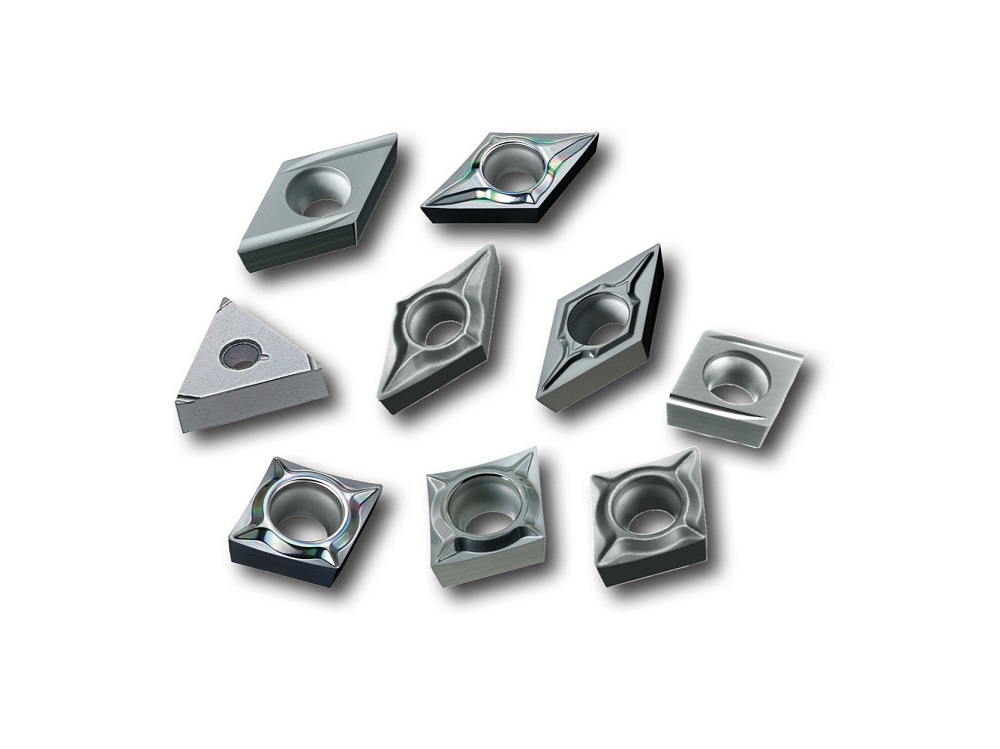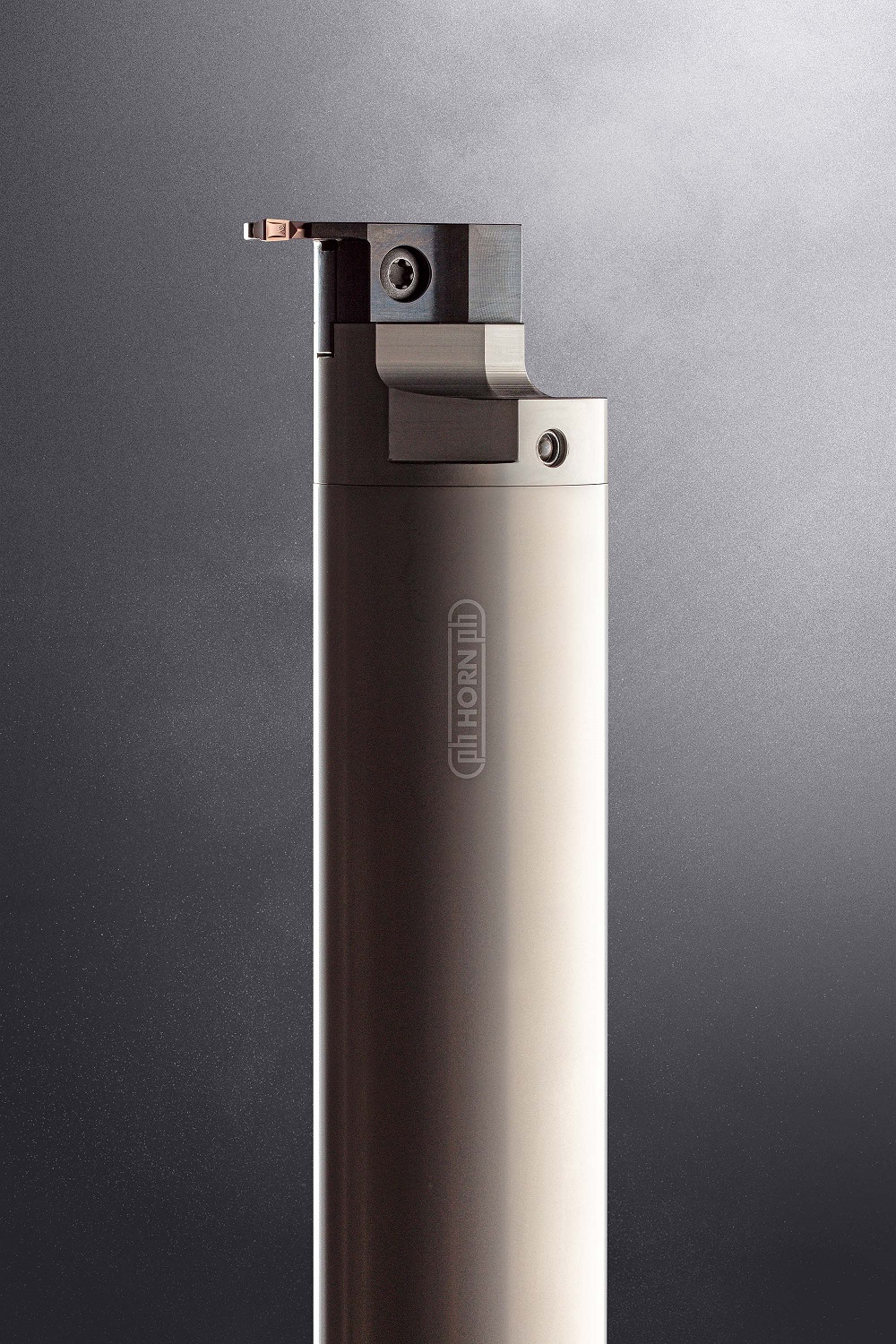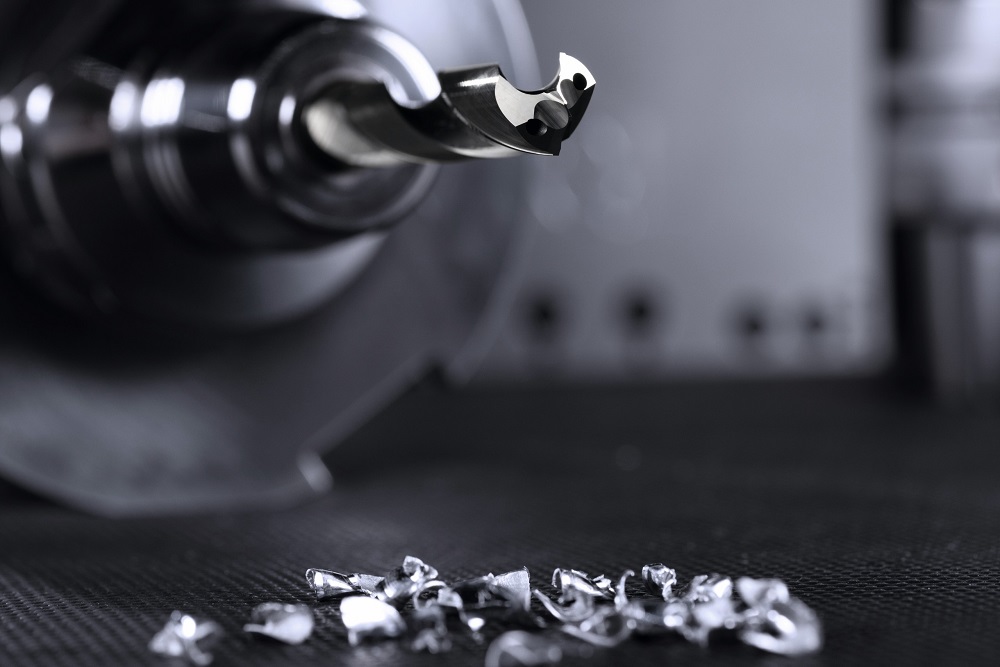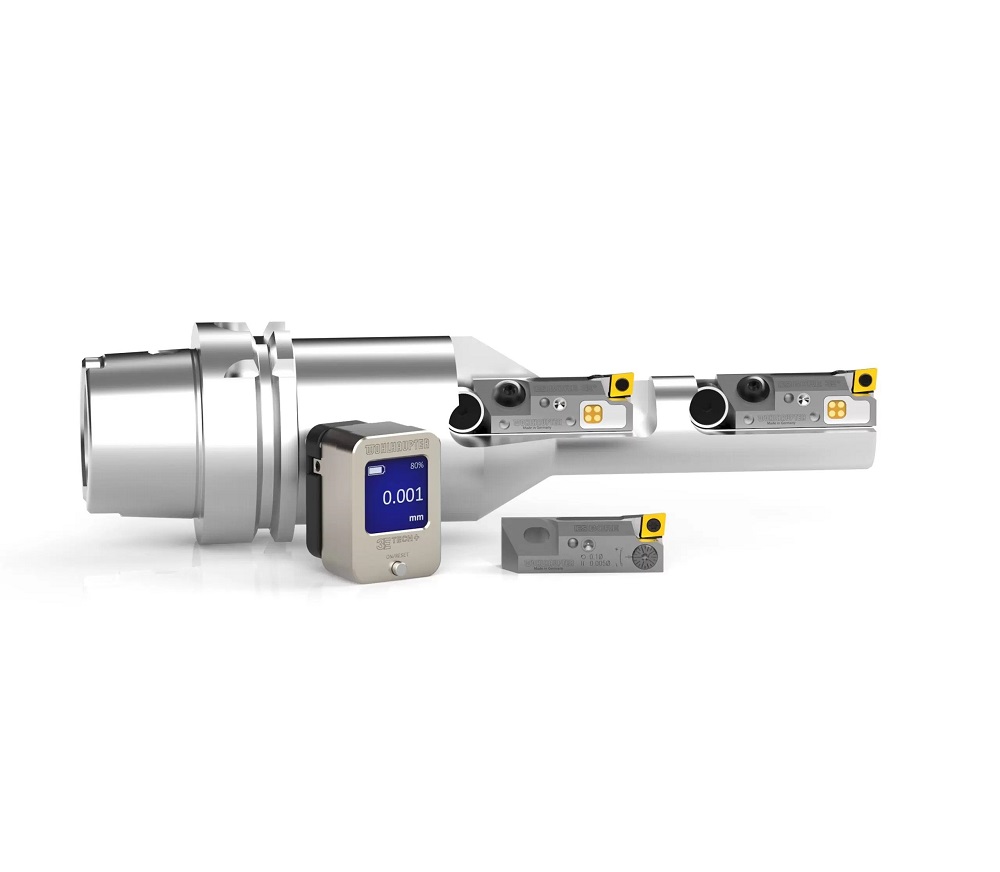To improve performance when machining small parts, Mitsubishi Materials is adding a new insert grade to its range of precision turning inserts. Suitable for sliding-head turning centres and intricate machining, the new MS7025 grade is now the company’s insert of choice for small stainless steel workpieces.
The multi-layer nano coating combines a high lubrication layer that boosts welding resistance, with a high hardness layer that suppresses wear progression. The damage caused typically by contact with the workpiece also sees a significant reduction, thus increasing tool life.
Mitsubishi’s high lubrication layer suppresses built-up edge caused by chip welding that tends to occur in low feed and low cutting speed machining. The company performed a comparison test between MS7025 and a conventional grade to assess dimensional changes during the low feed and low cutting speed machining of stainless steel components (SUS440C, DIN1.4125). Results showed a large improvement in dimensional accuracy after machining many parts, thereby reducing the number of insert changes. Another important benefit was the generation of consistently high quality surface finish
The MS7025 grade features a minus corner radius tolerance to ensure precision corner geometry on workpieces. The minus tolerance is available with designations 02M and 04M, which have a precision minus corner radii between 0.15-0.20 and 0.35-0.40 mm respectively. The series is available with two chip breakers: the FS-P for micro through to low depths of cut; and the LS-P for medium to high depths of cut. These chip breakers feature geometries suited to each type; both having a mirror finish polished surface for efficient chip evacuation. They also have high-quality cutting edges that maintain dimensional accuracy and reduce burrs, reports Mitsubishi.
For further information www.mhuk-carbide.co.uk


















